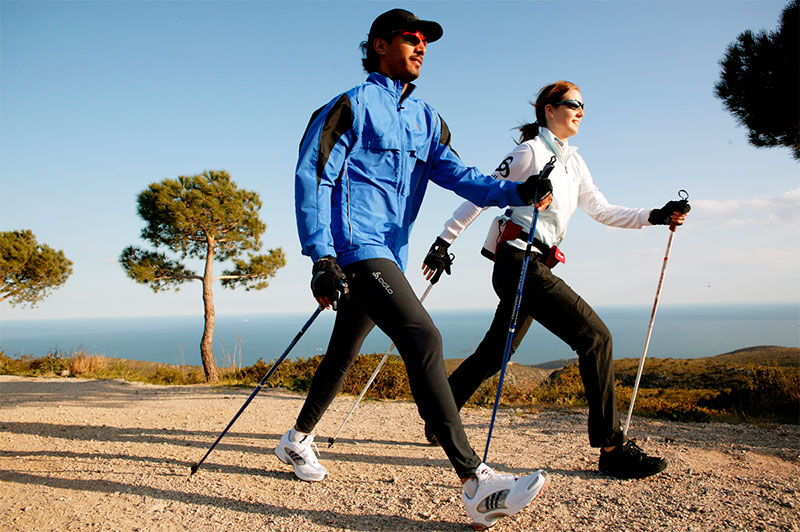The first treadmill was created in the USA in 1968. Even then, physicians noticed positive results in patients who were engaged in such simulators: they not only improved their stamina, but also improved the performance of the cardiovascular system. And after long workouts for several months, the immunity has noticeably strengthened. And all this - without leaving the premises. So if you care about your health, but do not have the opportunity to run on the street, you will be rescued by a home treadmill. And we will tell about how to choose it correctly.
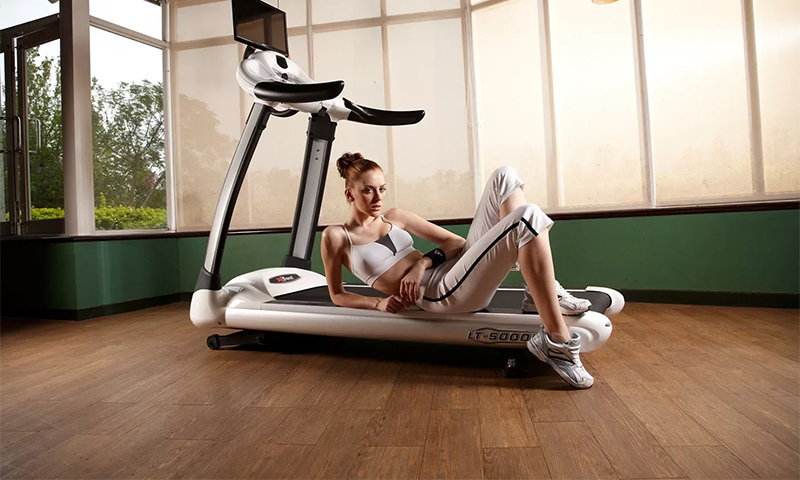
Content:
Best treadmill manufacturers - which company to choose
The first thing we pay attention to when buying such a serious and expensive equipment is the manufacturer. Of course, I want the simulator to work clearly and be really reliable.
These are the treadmills produced by European and American companies:
- Torneo;
- Hasttings;
- ClearFit;
- Horizontal Fitness;
- Body Sculpture;
- HouseFit.
No wonder the best models of these manufacturers hit our treadmill rating. So if you urgently need a simulator, and there is no time and desire to deal with the technical nuances, take any track you like from these brands.
It is better to spend 10 minutes and study the recommendations of our experts in order to choose not just good, but an ideal sports equipment for the house.
The principle of operation and the device treadmill
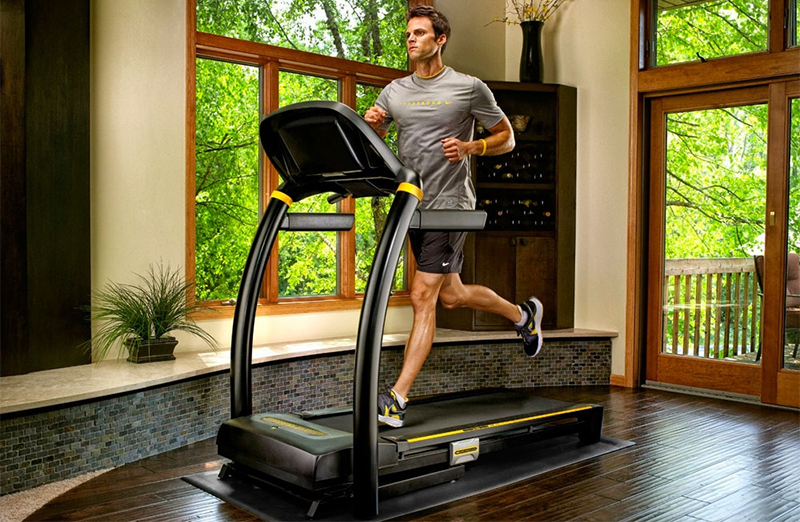
Almost all the main elements of the treadmill are visible:
1. Case with handrails (the latter may be absent);
2. The running cloth stretched on shaft between lateral guides;
3. The control panel located directly in front of the running.
The whole structure is mounted on low support legs or may have small transport wheels.
In the classic simulator, there are no other elements, because here the pulling of the tape is solely due to the effort of the legs. But in the magnetic and electrical internal device may be slightly different.
In the first, a magnet is used, causing the track to offer resistance, thereby smoothly increasing the load on the muscles. In electric models, the running belt is generally driven by the engine, so the athlete only needs to keep pace with it.
Types of treadmills
Mechanical
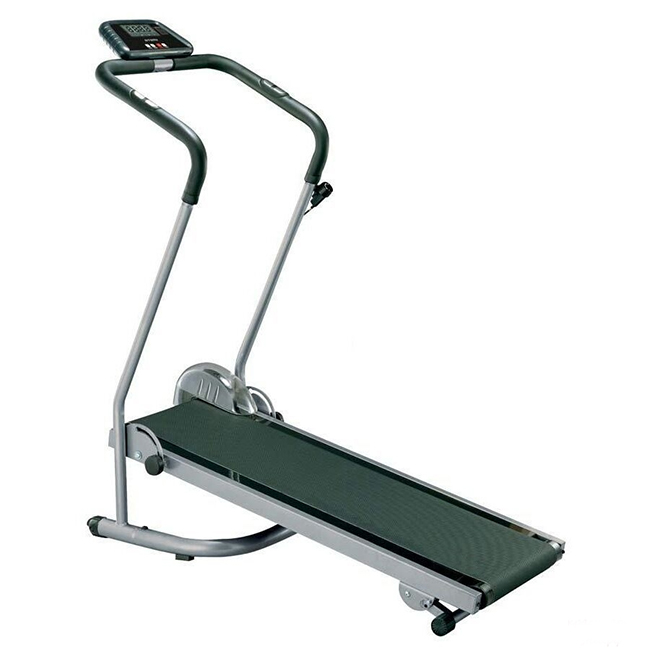
The simplest and, accordingly, the cheapest simulators, where the load and speed are completely dependent on the running. These devices withstand users weighing from 50 to 130-150 kg with a natural weight of from 100 to 250 kg.
The size of the running belt is small and depending on the model it can be 50-60 cm wide with a length of up to 150-180 cm. The devices themselves are quite large, reaching 200x100x160 cm.
Despite the simplicity of the design, in mechanical models it is possible to adjust the load - by changing the angle of inclination of the deck with the canvas within 25 °. However, the fixed positions here are usually no more than 2-3.
Pros:
- Large selection of models - for children and adults;
- Natural speed control - the faster you run, the faster the tape turns.
- Good load on the muscles of the legs;
- Safer than electric models - falling on such a path is difficult;
- Absolute non-volatility;
- Advanced models are equipped with cardio sensors;
- There are compact folding simulators;
- Low cost.
Minuses:
- Minimum additional functions;
- The movement of the web and braking is accompanied by jerks, which is bad for the joints.
Magnetic

In these models, as in the mechanical, the movement of the canvas is due to the force of friction and the weight of the athlete. However, there is already a braking element - a magnet. It provides smoothness of the course, thereby doing trainings much more comfortable.
The size of the running belt in these compact projectiles does not exceed 40-50 cm in width and 120-180 cm in length. Deca, as in the case of mechanics, can be installed at different angles - up to 20 degrees.
The overall dimensions of the simulators do not exceed 200x70x150 cm, and they weigh only 30-100 kg. At the same time can withstand a person up to 140 kg.
Pros:
- Compact size and light weight, plus the ability to fold;
- Provide a high level of stress on the muscles;
- Do not injure joints due to the smooth running of the tape;
- Safe and quiet in operation;
- Do not depend on electricity;
- Most models are equipped with cardiac sensors and pulse meters;
- Affordable price.
Minuses:
- Still not a rich selection of additional features;
- To "run" the track, you will need to make serious efforts to overcome the resistance of the magnet.
Electromechanical
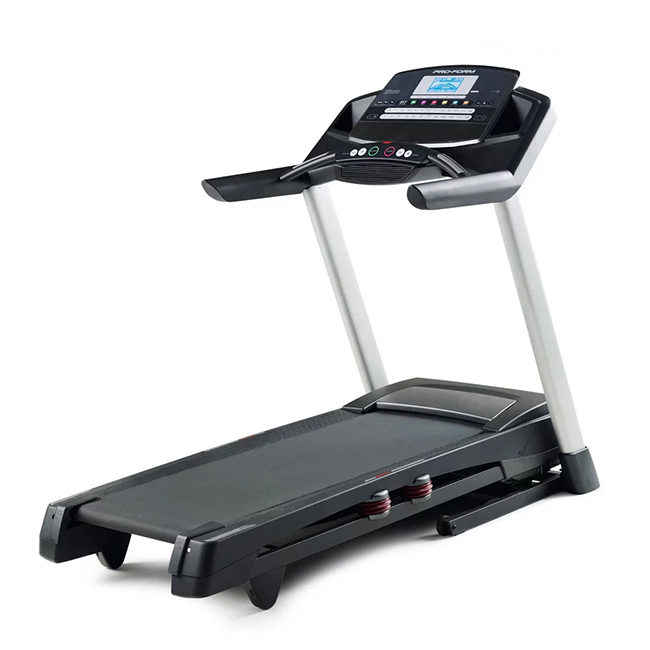
These are the most expensive and functional models. The speed of the web here is no longer dependent on the runner, but is provided by the operation of the built-in electric motor. Other parameters, such as tilt angle or training time, are also automatically set.
All these functions are controlled by a minicomputer, which simultaneously monitors the health status of an athlete, measuring his pulse, pressure, calorie consumption, etc.
Electric simulators are capable of speeds from 2 to 40 km / h - depending on the installed drive power. The size of the running belt in such models can reach 60x180 cm with the overall dimensions of the track about 230x90x170 cm.
The devices themselves are quite heavy and weigh 150-200 kg, but they are able to withstand an athlete up to 180 kg. Electromechanical shells have a half or two dozen different speeds and are able to smoothly adjust the deck tilt within 40 °.
Pros:
- A large number of firmware;
- Maximum smoothness, plus tape cushioning - ideal for maintaining healthy joints;
- A rich set of automatic functions;
- Careful control of the athlete's condition;
- Presented in a wide range.
Minuses:
- Requires a power connection;
- Expensive;
- There is a risk of falling from a moving simulator.
Treadmill selection options
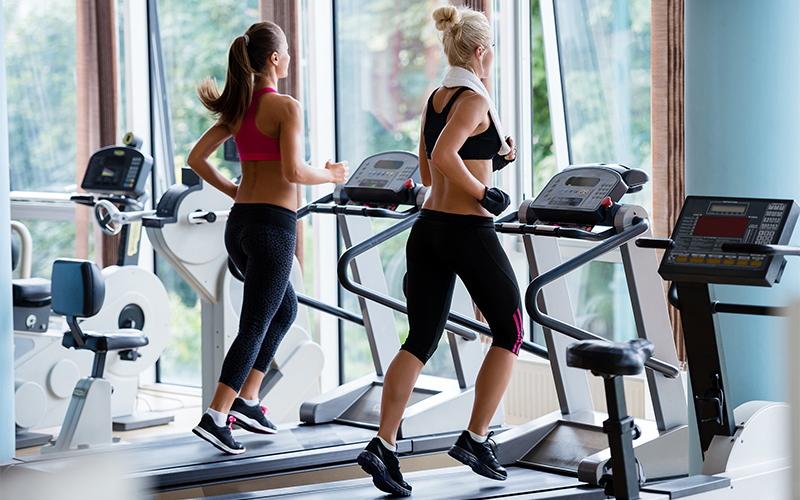
Dimensions
1. If you have a small living space, finding a place for her in the house will be difficult. In this case, it makes sense to buy a compact magnetic simulator, a not too heavy folding model, or even a track without handrails, which you can put under the bed after class.
2. Those who do not have problems with the placement of a large projectile, it is better to choose the electric version, and if money is just enough, the mechanics.
Weight of the simulator
As for weight, then everything is simple: if you are going to move the device around the room, look for a lighter track and always on transport wheels. But remember: the heavier the machine, the more reliable it is.
Electromechanical models, as a rule, are “tied” to the outlet, so it is unlikely that they will often have to be moved even within the same room. Accordingly, there are no restrictions on weight.
Athlete height and weight
In the passport of each simulator, the permissible user weight is indicated. But when choosing, one has to take into account the features of a particular model.
If it is a mechanic (with a magnet or without it), the maximum “carrying capacity” of the device should exceed your weight by at least 15-20 kg. Otherwise, the canvas or deck will not last long. Buying a track for the whole family, focus on the weight of its largest representative.
In the case of electrical devices, you will have to correlate the load with the power of the motor installed in the simulator:
1. For runners weighing up to 60-70 kg 1 liter is enough. with.
2. People with a weight of 80-90 kg is better to take a track with a 1.25 liter engine. with.
3. Large athletes should look at the technique, issuing 1.5-2 liters. with.
There are treadmills with engine power in excess of 2 liters. with., but this is already a professional inventory, which reaches speeds of up to 30-40 km / h He has a place in the general gym - for the house such equipment is not needed.
In addition to weight, you will also have to take into account your height - the comfortable length of the running belt will depend on it:
1. The average person is enough 130-140 cm;
2. For tall people from 1.80 m with their long legs, a ribbon of 140 cm and more will do;
3. Two-meter-long athletes will only be enough for walking, but it will be more comfortable to run on a canvas not shorter than 1.5 m.
The width of the ribbons of the home simulators is standard (within 40-60 cm), but the more it will be on the selected model, the more comfortable the training will be.
The minimum size of the running belt is 40x120 cm, but on such a tiny patch it is convenient to just “walk”, so try to choose a wider working surface.
Tilt angle
For each track, the canvas does not lie in a horizontal plane, but slightly tilted. For most models, this angle is adjustable to increase the load on the muscles.
You will have to think in advance about your training strategy, since in mechanical and magnetic simulators the slope of the deck changes only before the start of classes and is fixed in just a few basic positions.
If you need to constantly change the type of load, you have to fork out for an electric model, where the angle changes smoothly during the workout.
Mini-computer
Having a minicomputer is not necessary if you have no health problems, but it can completely replace your personal trainer, which will only benefit.
The following indicators are displayed on its screen:
1. Exercise time;
2. Movement speed;
3. Exposed tilt angle;
4. Calorie consumption.
5. Indications of the cardiac sensor and heart rate monitor;
6. Design pressure
A “smart” computer is also able to choose the training mode that is optimal for you and correct it if medical indicators start to deteriorate. The measuring devices themselves can be built into the handrails of the simulator, although this is not very convenient - rarely does anyone hold onto them while running.
If you have enough money to buy an advanced model, then there are other, more accurate options for the performance of sensors:
1. Clip on the ear;
2. Belt;
3. Breast cardio sensor
By the way, when buying an electric treadmill, be sure to check the presence and operation of the security key - it will save you from serious injury in the event of a fall if you did not follow the movement of the accelerated tape.
Training programs (for electric trainers)
Each person can have their own reasons to buy a treadmill, so the developers offer a fairly extensive list of standard programs that will help you achieve a particular goal.
You just need to make sure that the selected model has all the modes you need:
1. Warm-up (Quick Start) - required for beginners and those who have never attended a fitness club.
2. Fat burning is a heart rate dependent program that selects the load for maximum calorie consumption.
3. Cardio and interval training - designed to strengthen the cardiovascular system.
4. Glute - study of the buttocks.
5. Strength - strength training aimed at building muscle.
6. Sprint - fortifying workout, allowing you to keep muscles in shape.
7. Cross-country running (Hill) - the computer periodically changes the angle of the deck, making training more effective and not so boring.
8. Track or Track - help track progress in running for certain distances.
9. HRT Hill is another pulse-dependent program for endurance training.
In most computerized simulators, it is also possible to manually set the modes of operation according to your desire (Manual or Custom programs). You will need them if you want to increase the efficiency of classes by setting your training time, running speed, etc.options.
What treadmill to choose

1. For people who have no health problems, and a treadmill is needed solely to maintain shape, a budgetary mechanical model with an adjustable tilt of the deck is enough. The computer is optional, although some external sensor still does not hurt.
2. If you have weak joints, prone to dislocation, or you are simply not accustomed to intense physical exertion, it is better to buy a magnetic model with good shock absorption.
3. Those who train every day, professionally do any kind of sport or need supervised exercises need an electric walkway with an obligatory minicomputer and a good training program package.
How much is a treadmill
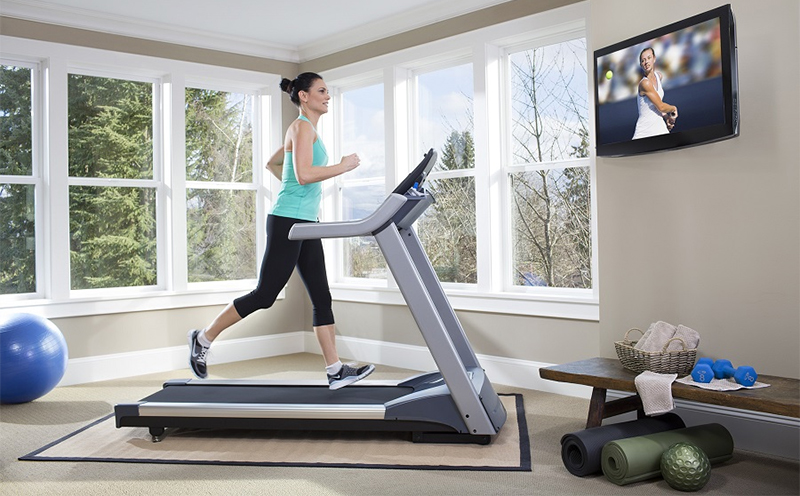
1. Mechanical models, despite their simplicity, have a rather large price run - from 4.5 to 300 thousand rubles. Although among them there are simulators, the cost of which exceeds half a million.
2. Magnetic treadmill can be purchased for only 7-19 thousand rubles.
3. The price of electromechanical devices starts from 12 thousand and comes to 1.45 million rubles.
It will be interesting to friends too







